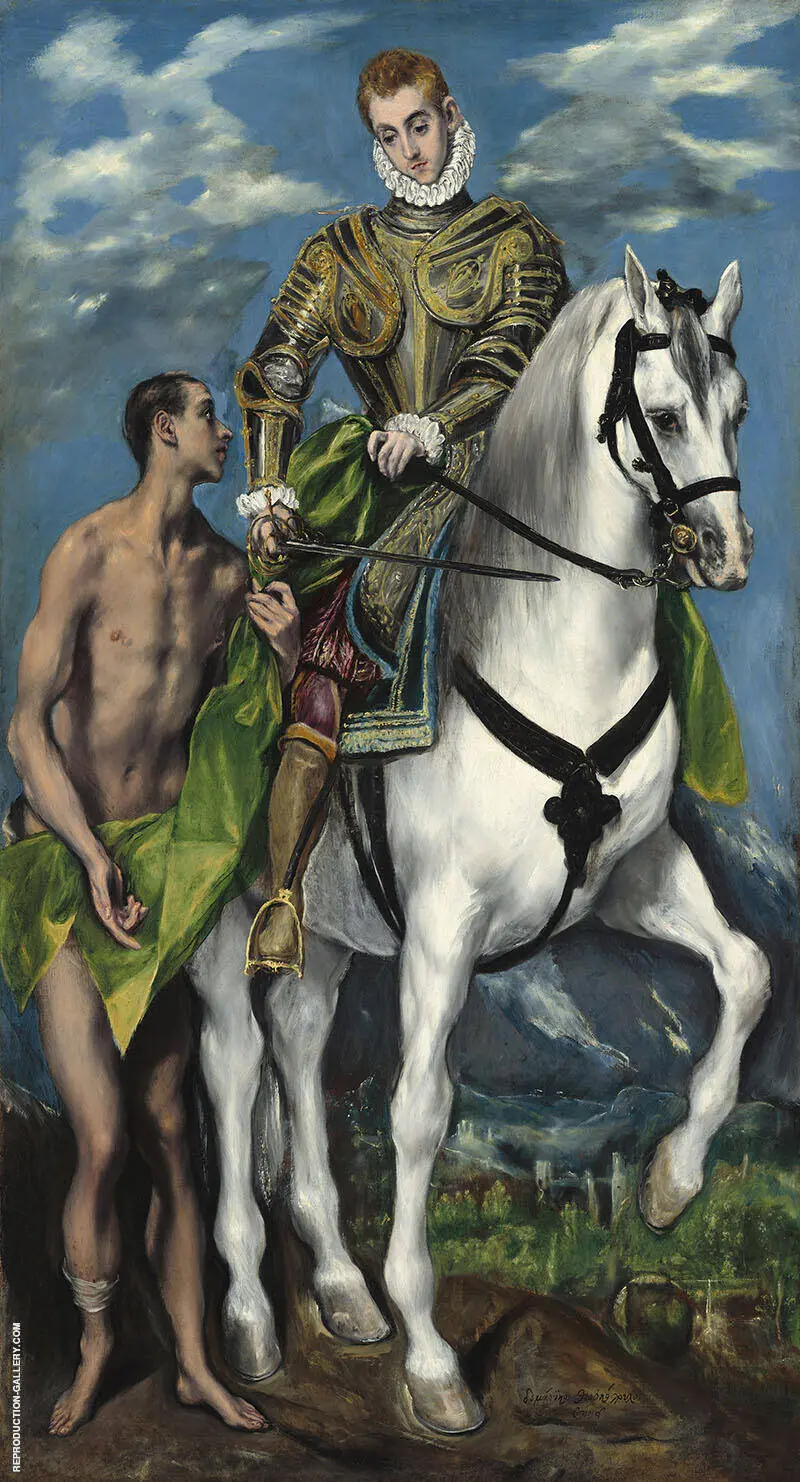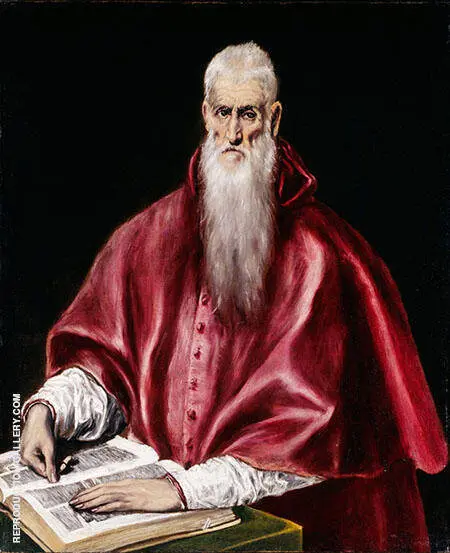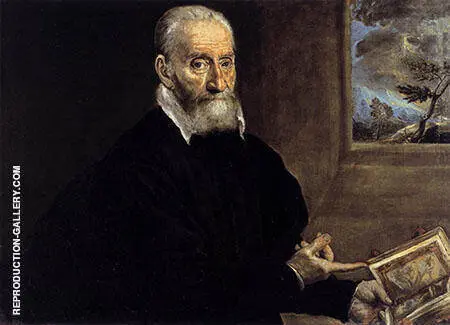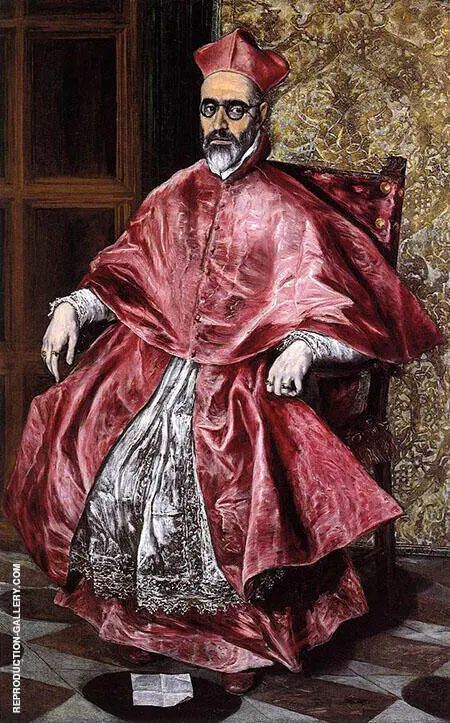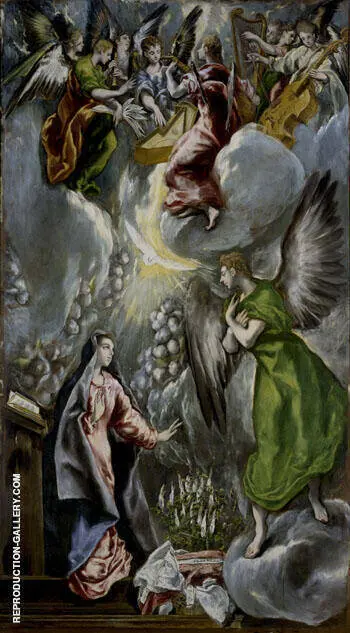Mannerism Art Oil Painting Reproductions
Find Mannerism Art oil painting replicas by Mannerism artists
Mannerism Paintings: A Brief Introduction
Mannerism art first appeared during the 16th century. Characterized by elegance, carefully contrived compositions, and sensuous distortions of the human figure, it transformed Western art. The style also marked the end of classical Renaissance oil paintings. Mannerism later led to the Baroque Art Movement starting in the 17th century.
But who were these artists, and what are some of the most famous Mannerism paintings? This brief introduction explores Mannerism’s unique position in the History of Art.
What is Mannerism in Art?
The word “mannerism” comes from the Italian phrase “maniera,” meaning “style.” It emerged in the 16th century, partly in response to the Renaissance focus on faithfully depicting nature. As a result, some art historians refer to Mannerism as the “stylish style.” This unusual description refers to its emphasis on purposeful distortion as opposed to strictly realistic details.
Giorgio Vasari, the famed Italian Renaissance painter, writer, and historian, believed excellent painting required virtuoso technique alongside refinement and luxury. Consequently, he emphasized the individual artist’s intellectual decisions, exemplified by Mannerist-style oil paintings.
What is the Definition of Mannerism?
In line with Vasari’s academic focus, careful observation of nature was not crucial to Mannerist painters. Instead, this naturalistic approach characterized Renaissance oil paintings such as the Mona Lisa by Leonardo da Vinci and Raphael paintings.
Instead, Mannerism art focuses on the individual artist’s ability to elaborate and even improve on the natural world. This emphasis defines Mannerism paintings. The change in focus stems from artists’ changing position in society. During the early Renaissance period, the public viewed artists as skilled craftsmen. As the centuries progressed, however, painters and sculptors increased in respect, recognition, and financial reward.
By the late 15th and early 16th century, painters such as Raphael and Michelangelo stood alongside religious thinkers, poets, and writers. This new climate of appreciation for the arts fostered the Mannerist focus on individual artistic intellect and elegance.
Are Mannerism paintings naturalistic?
On the face of it, Mannerism paintings appear naturalistic. They represent nature and people. However, rather than focusing on the harmonious classicism of the Old Master artists such as Raphael, a new generation of artists created artificial compositions.
Oil paintings often feature asymmetrical designs and gracefully distorted forms showing individual artists’ sophisticated elegance. Stretched and elongated bodies, exaggerated coloring, unusual viewpoints, and sensuously flowing shapes were all standard.
The style spread all over Europe. In Britain, Mannerism art influenced the Royal Court painting of Elizabeth I. It particularly influenced the artificial and decorative miniature creations of artists such as Nicholas Hilliard. It also inspired later Baroque paintings and their intensely embellished, ornate style.
Examples of Mannerism Art
The Madonna with the Long Neck by Italian Mannerist and Renaissance artist Parmigianino is an example of a Mannerism painting. Parmigianino's oil painting portrays the Virgin Mary with the baby Jesus on her lap. The artist elongates Mary’s neck and torso to make her appear graceful. Indeed, the art historian E. H. Gombrich describes the Holy Virgin’s neck as “like that of a swan.” Parmigianino similarly paints the baby Jesus with a large and elongated body.
Gombrich describes how Parmigianino demonstrated that Classical “perfect harmony” was not the only approach to art. Instead, he created something new and unexpected. In this way, Mannerism artists were the first genuinely modern painters.
In addition to Parmigianino’s Madonna with the Long Neck, here are three more examples of Mannerism paintings.
1. Giovanni Battista Rosso Fiorentino, Moses Defending the Daughters of Jethro
Giovanni Battista di Jacopo, also known as Rosso Fiorentino, worked in an early Mannerist painting style. Even early in his career, Rosso Fiorentino displayed a strongly anti-classical approach to art. He favored powerful, dramatic compositions over balanced Renaissance oil painting designs.
Moses Defending, the Daughters of Jethro, demonstrates this approach perfectly. In his biography of Rosso Fiorentino, Vasari describes it as a painting of “several beautiful nude figures… depicting highly commendable things”. The painting shows Moses defending seven young women against some shepherds, trying to drive them away. Moses is depicted as a Herculean Hero and has a highly muscular body. The painting’s vertical format and diagonal lines accentuate the elongated forms and emotional struggle.
Even in calmer paintings, for instance, Cherub Playing a Lute, Rosso Fiorentino creates an asymmetrical oil painting composition emphasizing diagonal lines. Contrasted against a jet-black background, this adds drama to even the most innocent subjects.
2. Giuseppe Arcimboldo, Summer
Among Arcimboldo paintings, one series particularly stands out. The unusual Seasons series of paintings depict men in profile, created entirely from fruit and vegetables. As Mannerist artworks, these paintings blend still life and portraiture. They slyly mock the classical art popular at the time. Despite the summer scene and plentiful harvest, the man’s eyes are empty and eerie. It’s a troubling artwork with no easy explanation. His cheeks, made up of peaches, are plump and round, while hay emerges from his collar.
Arcimboldo paintings of other portraits of the seasons include Spring, Autumn, and the terrifyingly grotesque Winter. Paintings by Guiseppe Arcimboldo are some of our most Popular Paintings.
3. El Greco, View of Toledo
El Greco View of Toledo is a perfect example of Mannerist landscape painting. While Mannerism paintings often featured the human form, the style was equally applicable to the natural world. The vertical format is highly unusual for a landscape painting, stretching the buildings, hills, and trees into the sky. Alongside Van Gogh’s Starry Night painting, it’s one of Western art’s most enigmatic depictions of the sky. Indeed, El Greco’s dark skies contrast with the vibrant green hills, adding to the drama and dynamism of the artwork.
El Greco’s Mannerist approach is also apparent in his Religious paintings. The Tears of St Peter c1587 and Saint Sebastian c1576 masterfully present distorted yet elegant human forms.
Mannerism Paintings: High Quality Art Reproductions
Whether you love classical Renaissance oil paintings, the spirituality of religious wall art, or Baroque period art, please enjoy exploring our extensive collection of replica paintings.
Buy famous art reproductions and decorate your home or office walls with your favorite oil paintings.
Cannot Find What You Are Looking For?
Reproduction Gallery Information
Customer Service
(Send Us A Message)
Tel: (302) 513 3464

